Japanese Traditional Crafts, Kimono
Traditional Clothes of Ainu People: Nibutani Bark Cloth
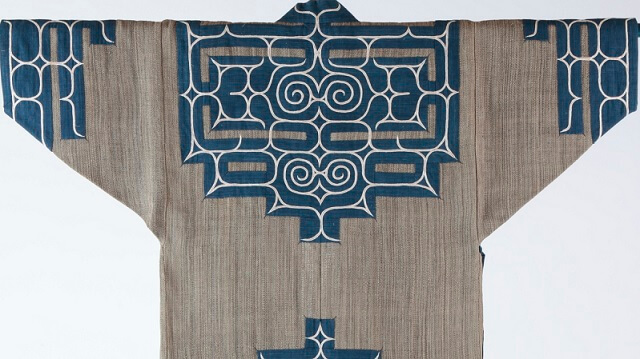 (Image: northerncross.co.jp)
(Image: northerncross.co.jp)
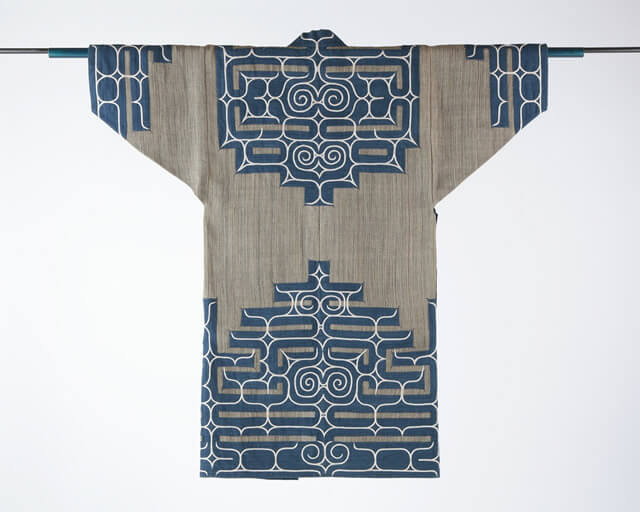 (Image: jimoto-b.com)
(Image: jimoto-b.com)
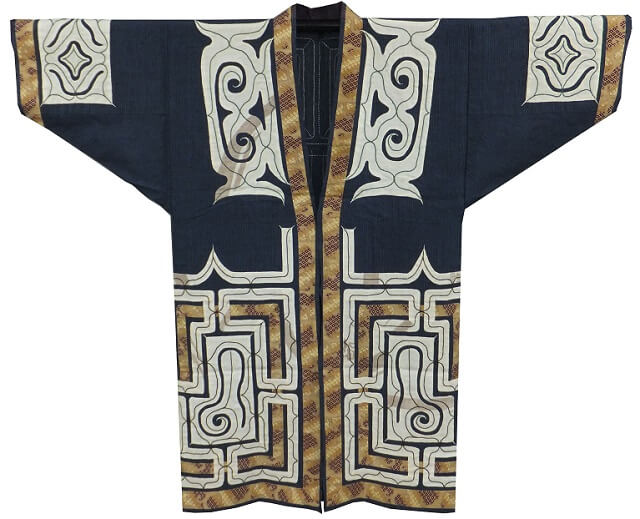 (Image: northerncross.co.jp)
(Image: northerncross.co.jp)
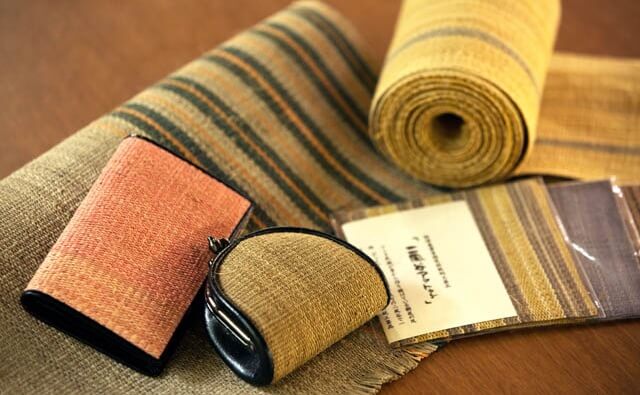 (Image: Livedoor)
(Image: Livedoor)
Nibutani Bark Cloth’s specialty is that made from a natural fabric which is very breathable (meaning cool), strong water resistance, very strong as a natural fabric, with unique texture, and simple beauty. Nibutani is name of place and its meaning come of “the place where trees grow” in Ainu language. Nibutani is made in Hirakata Sarugun, Hiratori-cho, Hokkaido. Nibutani Bark cloth is woven by weavers using yarns which comes from Halibut tree of Saru River basin.
Same Manufacturing Tool Used for More Than 100 Years
Almost similar tool with 100 years ago, is still being used to make Nibutani Bark cloth even now. For making Nibutani Bark cloth, bark of Halibut and Scallops trees are peeled off and dried. After drying, those are split into about 2 mm width, and used for weaving cloth by ancient weaving loom called Atkyuka.
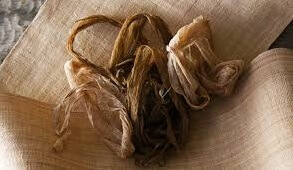
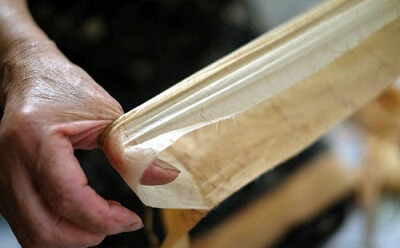
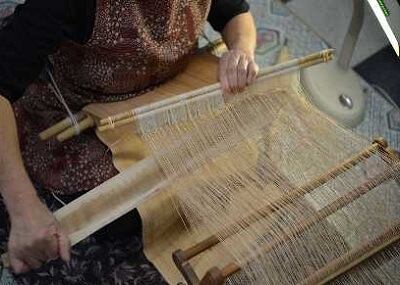
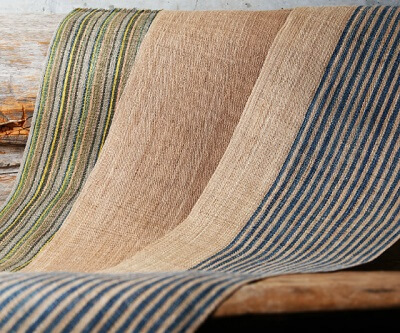
(Images: nibutani.jp, MYLOHAS, pref.hokkaido.lg.jp and nibutani.jp)
Traditional Shapes and Patterns of The Bark Cloth
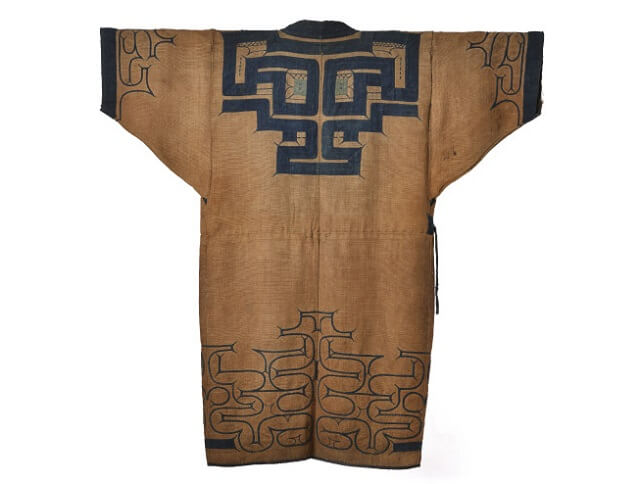
(Image: town.biratori.hokkaido.jp)
The shape of Nibutani Bark cloth is similar to Japan’s long-sleeved Kimono with joining both sides in front for both female and male, and wearing thin band to put together clothes. For casual purposes, it is usual to make without any patterns. For occasional situations, cotton cloth brought in by Japanese people are put on collars and sleeves, and those are decorated with embroidery or appliqué.
Although there is no spectacular coloring like Yuzen or Red type on clothes, there are usually appliquéing pattern known as “Ainu pattern” for occasional case usage. In this pattern, start point and end point of the drawn line has to be in a rounded shape to symbolize protection from devil.
In Conclusion
The “Ainu pattern” is very uniqueness of Nibutani Bark cloth from the point of fashion. It is very common thing to try Kimono in Japan, and it is starting to lose some interest. On the other hand, like Nibutani Bark cloth, some local traditional clothes are might be good place to feel real old Japan culture. The meaning of 100 years old looming machine is still being used, can be translated into old traditional style and making procedures are still preserved very well in modern times. So, you can experience traditional culture from old times for real. And it is very interesting about Nibutani Bark cloth’s material, which is created from endothelium of special trees.
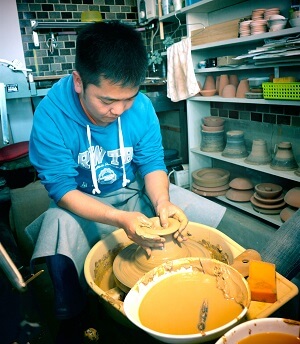

About Orientalsouls.com
Learn and Buy Japanese Craftsmanship, Tradition & Culture
OrientalSoul.com is the online shop where you can buy traditional crafts of Japan.
We only sell selected authentic products in which true spirits of Japanese craftsmanship exist.
You may be able to find similar products in other shops for lower prices. However, we sell products based on fair prices that worth labor and value of experienced craftsmen.
In addition, we introduce stories about product history, how a product is made, what makes it different from others, and how the product enriches your life!